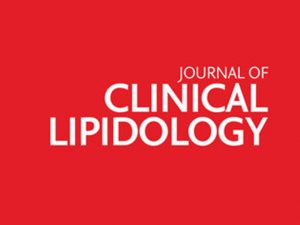
Professionals from the Biochemistry Service, researchers from the Cardiovascular Risk Metabolic Bases Group at the Research Institute, together with doctors from the Endocrinology and Nutrition, Internal Medicine and Paediatrics Services at the Sant Pau Hospital, and physicians and researchers from other hospitals in Catalonia – grouped around the Network of Lipids and Arteriosclerosis, which brings together members of up to 24 Catalan centers, have led a publication in the Journal of Clinical Lipidology on the experience of 9 years in the diagnosis of familial hypercholesterolemia (FH) in Catalonia.
HF is a frequent hereditary disease (it is estimated that 1/220 people suffer from it) and is characterized by a high cardiovascular risk if those affected are not adequately controlled and treated, preferably from childhood or youth. However, it is known, both nationally and internationally, that the majority of patients with this disease have not been diagnosed and are therefore not controlled.
 This is quite paradoxical, given that HF is often cited as an example of a well-known disease that has served as a model for the development of several widely used drugs such as statins. The published study establishes the efficacy of molecular diagnosis of HF as opposed to clinical and biochemical, and shows the basis for extending diagnosis to the level of family studies.
This is quite paradoxical, given that HF is often cited as an example of a well-known disease that has served as a model for the development of several widely used drugs such as statins. The published study establishes the efficacy of molecular diagnosis of HF as opposed to clinical and biochemical, and shows the basis for extending diagnosis to the level of family studies.
These family studies to diagnose new cases of FH have been offered by the Biochemistry Service for 10 years. More recently, these efforts have been boosted with a project by La Marató de TV3 dedicated to Cardiac Diseases that is being carried out together with the Sant Joan University Hospital in Reus, with which a website has also been developed, www. colesterolgenetic.cat, which aims to inform patients with FH, their families and the interested public about this pathology. The Carlos III Health Institute, the CIBER of Diabetes and Associated Metabolic Diseases, and the CIBER of Physiopathology of Obesity and Nutrition have also contributed to the financing of this study.